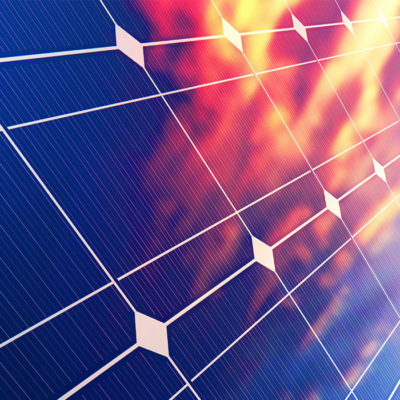
How Solar Incentives Can Save You Money
Solar power is now the cheapest energy source in the world per kilowatt-hour; its price dropped by almost 90% between 2010 and 2020. Unfortunately, the upfront cost of installing solar panels on your home or business can be prohibitively expensive, keeping the number of homes in the United States with solar panels relatively low. At Renewables Worldwide, we want to change that and bring solar power to as many residences and businesses as possible. To further that goal, we want to make people aware of solar incentives. Let’s make solar power more affordable for everyone.
Federal solar incentives
To offset the cost of installing solar panels and encourage and increase solar power adoption, the federal government offers a tax credit. Solar panel systems installed between 2006 and 2023 are eligible for this federal tax credit. Systems installed before 2020 were eligible for 30% tax credit; systems installed between 2020 and 2022 can receive a 26% tax credit, and systems installed before the end of 2023 can receive a 22% tax credit. The tax credit is calculated as a percentage of the cost of the equipment and labor for the installation. This incentive won’t last forever, however, it is set to expire after 2023.
State and municipal solar incentives
States and municipalities offer solar incentives as well. For example, the energy departments of multiple towns in Massachusetts offer zero-interest loans toward the purchase and installation of alternative energy systems. Towns in New York state offer similar solar incentives that extend to include reduced permit fees for residential and commercial buildings. This includesinclude plans for alternative energy sources.
Community solar
Renewables Worldwide’s mission is focused on community solar. Community solar is a group of residents or businesses to take advantage of the benefits of solar power. Even if they don’t own their own panels they can to go in on a small solar farm that powers their neighborhood or community. If members buy into a community solar agreement, they may still be eligible for the federal tax credit. Even if they are not eligible for the federal tax credit, they still receive a solar incentive from their utility company. The utility company calculates how much energy the community solar farm produces, and each member’s utility bill is reduced based on their share.




